As a designer, you must stay current on the latest techniques and best practises in your profession. Reading UI design books can help you learn new skills, discover fresh approaches to design issues, and gain inspiration for your work.
Reading UI design books can also help you grasp the user’s point of view and teach you how to create designs that are intuitive, simple to use, and visually appealing. This is crucial for establishing a great user experience and ensuring the success of your designs.
Overall, reading UI design books is an important element of any designer’s professional development. It enables you to continuously develop your abilities and knowledge while also keeping you current in an ever-changing sector.
1. “Designing Interfaces” by Jenifer Tidwell
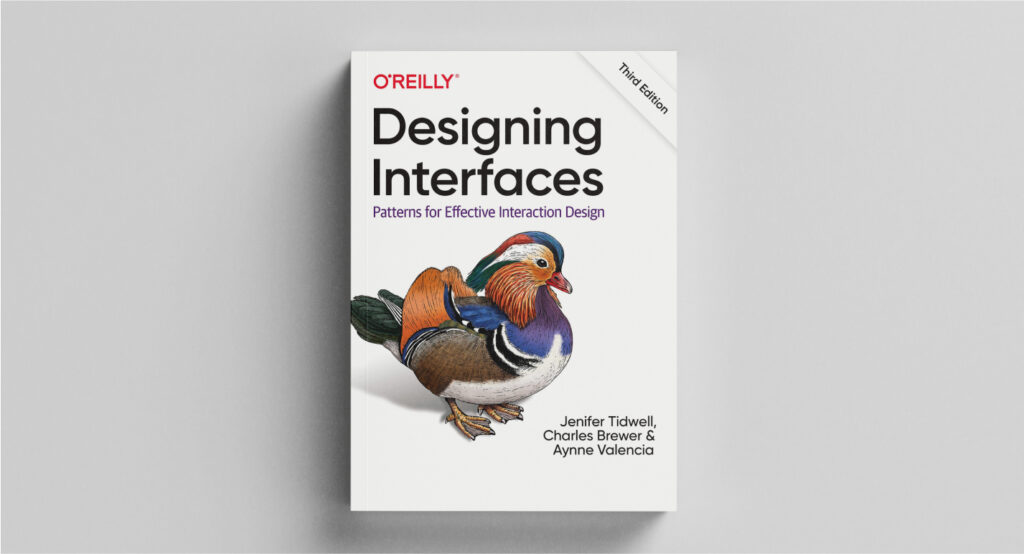
“Designing Interfaces” by Jenifer Tidwell – This book covers the design of interactive interfaces, including web applications, mobile apps, and desktop software. It covers a wide range of topics, including user interface elements, navigation, and design patterns.
2. “Laws of UX: Using Psychology to Design Better Products & Services” by Jon Yablonski

In the book Laws of UX: Using Psychology to Design Better Products & Services, the topic of using psychology to design better user experiences is explored. The book is structured around a set of “rules” that define important psychological concepts that designers should take into account while developing goods and services.
Among the laws discussed in the book are the laws of proximity and similarity, which state that objects perceived to be similar are perceived to be related more closely than objects perceived to be dissimilar, and the law of closure, which states that people naturally tend to complete incomplete patterns.
3. “About Face 3: The Essentials of Interaction Design” by Alan Cooper

About Face 3: The Essentials of Interaction Design” by Alan Cooper, Robert Reimann, and David Cronin – This book is a comprehensive guide to interaction design and covers the principles, patterns, and processes of designing effective user interfaces.
4. “Designing Web Interfaces” by Bill Scott and Theresa Neil
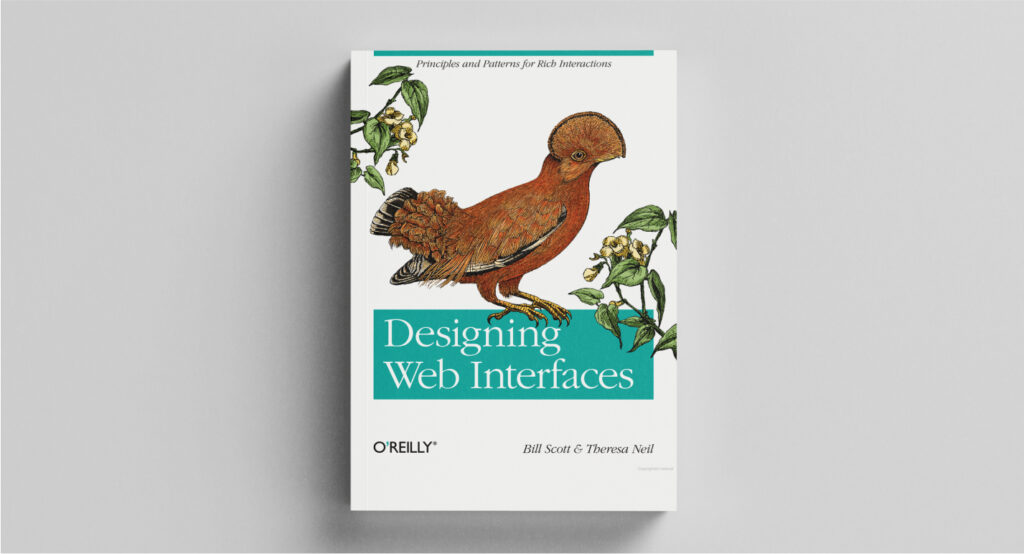
“Designing Mobile Interfaces” by Steven Hoober and Eric Berkman – This book provides practical guidance on how to design effective mobile interfaces, including tips on how to optimize for small screens and limited input methods.
5. “Designing Mobile Interfaces” by Steven Hoober and Eric Berkman

“Designing Mobile Interfaces” by Steven Hoober and Eric Berkman – This book provides practical guidance on how to design effective mobile interfaces, including tips on how to optimize for small screens and limited input methods.
6. “The UX Book: Process and Guidelines for Ensuring a Quality User Experience” by Rex Hartson and Pardha S. Pyla

“The UX Book: Process and Guidelines for Ensuring a Quality User Experience” by Rex Hartson and Pardha S. Pyla – This book provides a step-by-step guide to the UX design process, including user research, prototyping, testing, and evaluation.
7. “Don’t Make Me Think” by Steve Krug
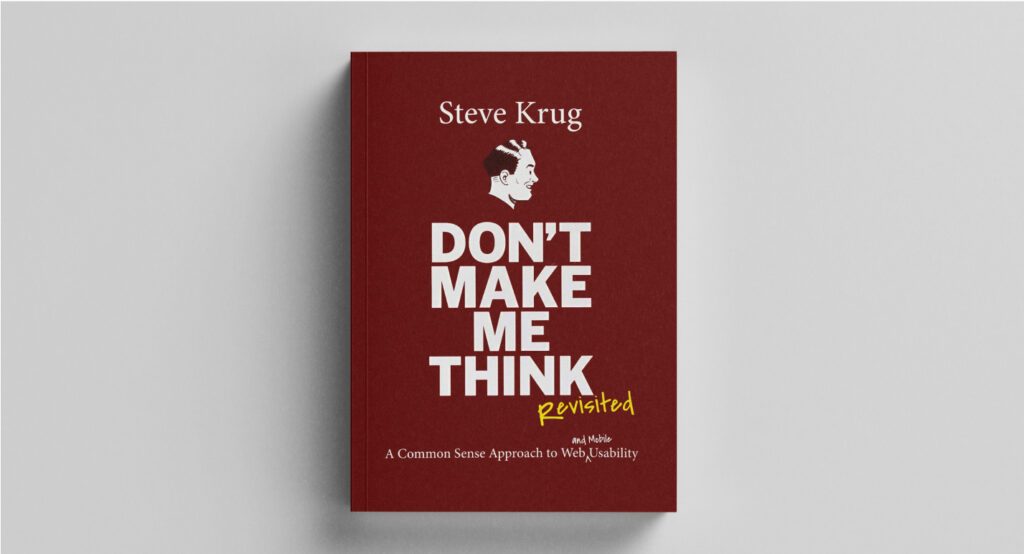
“Don’t Make Me Think” by Steve Krug – This book is a classic in the field of UX design and covers the basic principles of usability and user-centered design.
8. “Seductive Interaction Design” by Stephen Anderson
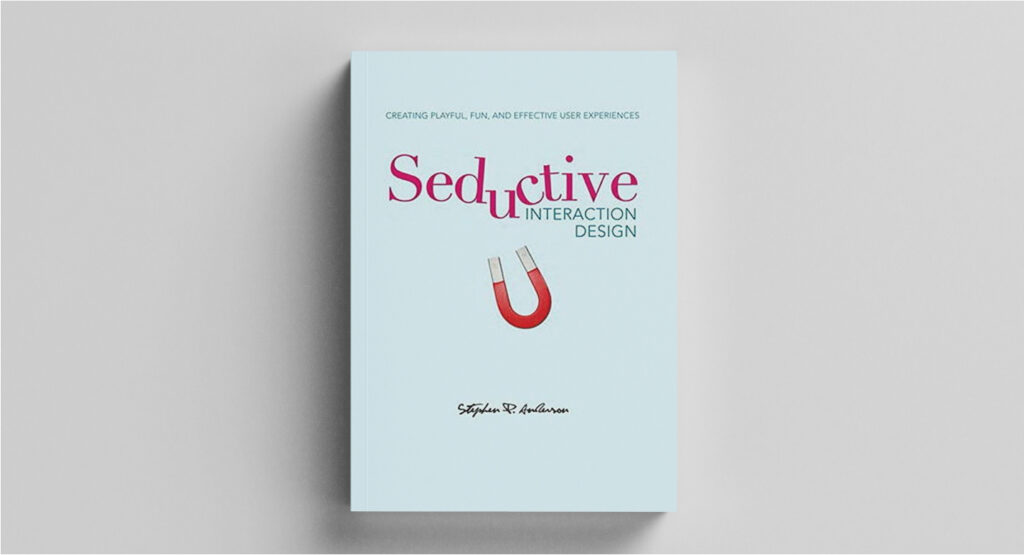
“Seductive Interaction Design” by Stephen Anderson – This book covers the principles of designing user interfaces that are engaging, enjoyable, and effective.
9. “The Principles of Beautiful Web Design” by Jason Beaird

“The Principles of Beautiful Web Design” by Jason Beaird – This book covers the principles of designing visually appealing and effective web interfaces. It covers topics such as layout, color, typography, and usability.
10. “The Shape of Design” by Frank Chimero
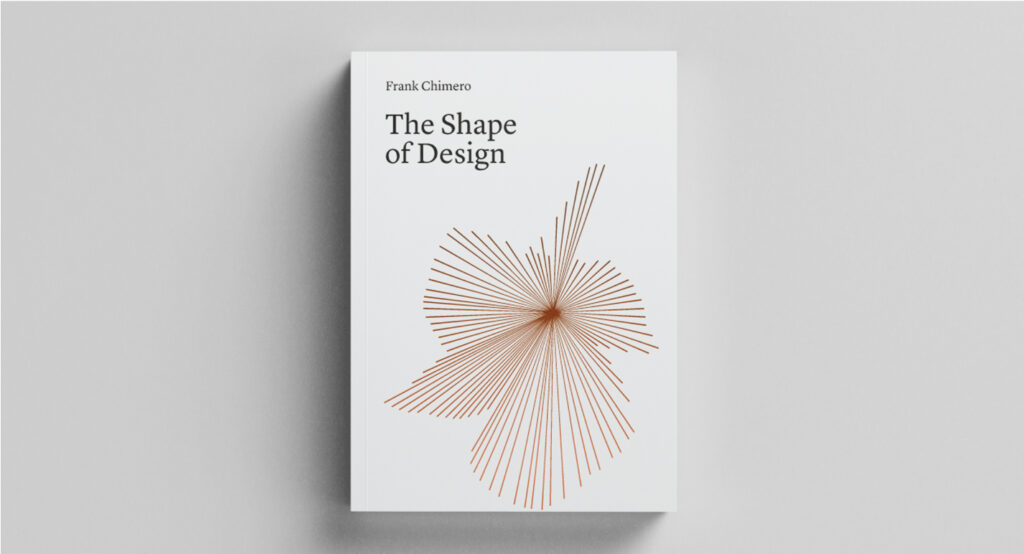
“The Shape of Design” is a book by Frank Chimero that explores the intersection of design, art, and culture. The book is structured as a series of essays that cover a wide range of topics, including the role of design in society, the importance of storytelling in design, and the role of designers in shaping the world around us.
Throughout the book, Chimero encourages designers to embrace their creativity and to use design as a means of making a positive impact in the world. He also encourages designers to think critically about the work they do and to consider the larger context in which it exists.
